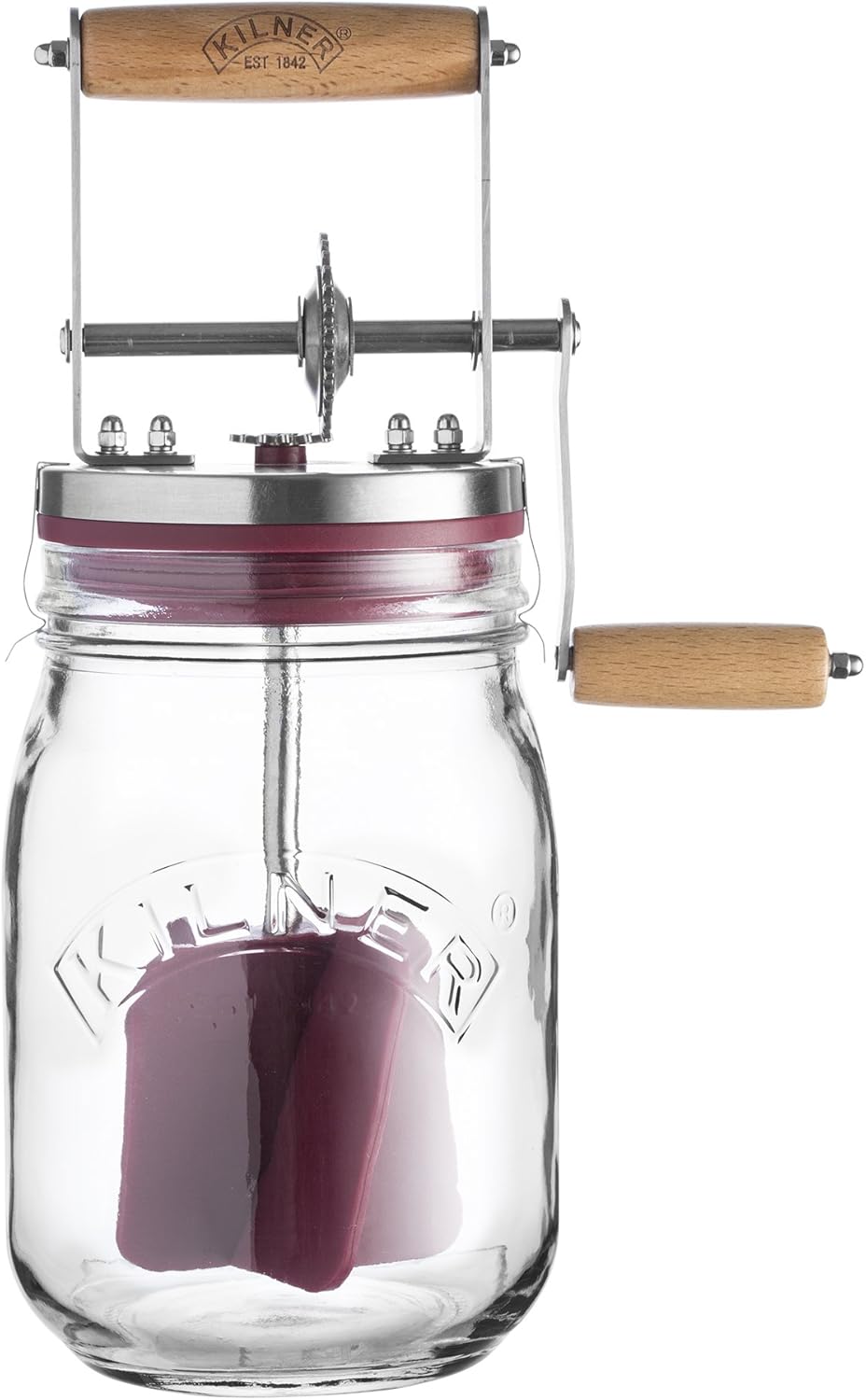About this deal
Believe it or not, the butter you enjoy today has a rich history, and it’s not just about cows and cream.
It is usually produced in 4-ounce ( 1⁄ 4lb; 110g) sticks that are individually wrapped in waxed or foiled paper, and sold as a 1 pound (0. The push for more sustainable food production methods will continue to influence the design and operation of industrial churn machines. Many people believe that making homemade butter from raw milk is dangerous due to the harmful bacteria that supposedly live in the milk.
To speed up the churning process, a rope was tied to the handles, and the churn was rocked back and forth. Another prominent type of churn was the paddle churn, which was a container that contained a paddle, which was operated by a handle. As part of the efforts of the American Dairy Science Association, Hunziker and others published articles regarding: causes of tallowiness [44] (an odor defect, distinct from rancidity, a taste defect); mottles [45] (an aesthetic issue related to uneven color); introduced salts; [46] the impact of creamery metals [47] and liquids; [48] and acidity measurement.
Over at Fen Farm Dairy in Suffolk, Jonny and Dulcie Crickmore have taken a different approach with their Bungay butter – named after the nearby village of Bungay, which was once Britain’s butter capital. Raw cream butter is generally only found made at home by consumers who have purchased raw whole milk directly from dairy farmers, skimmed the cream themselves, and made butter with it. The practice was most common in Ireland in the 11th–14th centuries; it ended entirely before the 19th century. But as you’ll see, the world of butter-making didn’t stop turning there—it evolved, just like everything else.People with milk allergies may still need to avoid butter, which contains enough of the allergy-causing proteins to cause reactions. For salted butter, sprinkle a pinch of sea salt over your butter and use Kilner® Butter Paddles to mix. While using it, put the cream in the butter churn and stir it until you see a formation of butter balls. Ghee is clarified butter that has been heated to around 120°C (250°F) after the water evaporated, turning the milk solids brown. The history of butter stretches back to prehistory when people had to be creative in terms of their ingredients, working around the local climate.
The amount of cream required to make a pound of butter can vary depending on the fat content of the cream.Occasionally we had Lurpak: a cold, pale, sliceable and hard luxury reserved for sale days and holidays, but our daily spread – the one which graced our table day and night, ready for toast or tatties – was either I Can’t Believe it’s Not Butter (we couldn’t) or Utterly Butterly (it wasn’t), depending on the best deal. The temperature range listed in our booklet is 55-65, however, we have found that churning cream on the warmer end of that spectrum (ideally 63-65 degrees) will speed up the process considerably! Rolf Jost "Milk and Dairy Products" Ullmann's Encyclopedia of Industrial Chemistry, Wiley-VCH, Weinheim, 2002. In the European tradition, the butter churn was primarily a device used by women, and the churning of butter was an essential responsibility along with other household chores. However, Gray says this was actually ‘pretty common for aristocratic ladies at this time’ and ‘enabled her to get together with friends’.
Also, do not let the cream get warmer than 70 degrees or your butter may turn out gloopy and may not fully separate from the buttermilk. If you visit all of the English Heritage sites with dairies, you’ll see everything from the ornamental, which were visited by the ladies of the house, through to fully commercial operations. However when churning milk with a full inventory the empty buckets will fall to the ground, and a full load of butter can be obtained. There are many ways to make your own butter, but we find the simplest and most effective way is to use a hand-powered butter churn. This extra step in the process of making churned butter gives it a higher fat content, which makes it ideal for baking.The use of butter is mentioned in biblical works [3] and the earliest butter churn vessels belonging to Beersheba culture in Israel were found in Bir Abu Matar going back to Chalcolithic period between 6500–5500 BC. Investment Psychology: Mastering Emotions for Better Decision-Making Emotions such as fear, greed, and hope can lead to impulsive and harmful investment choices.
 Great Deal
Great Deal 